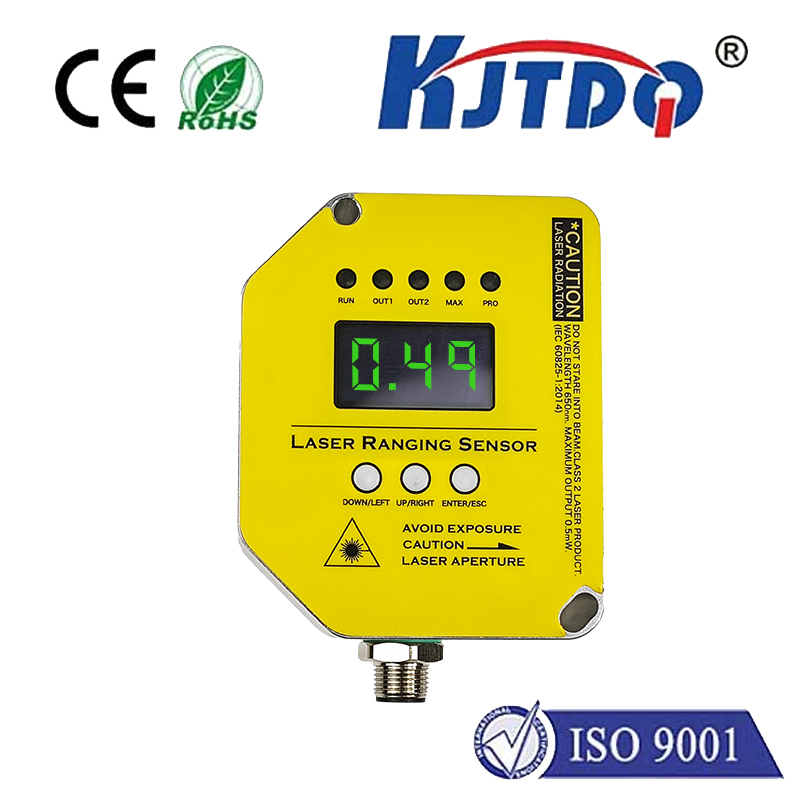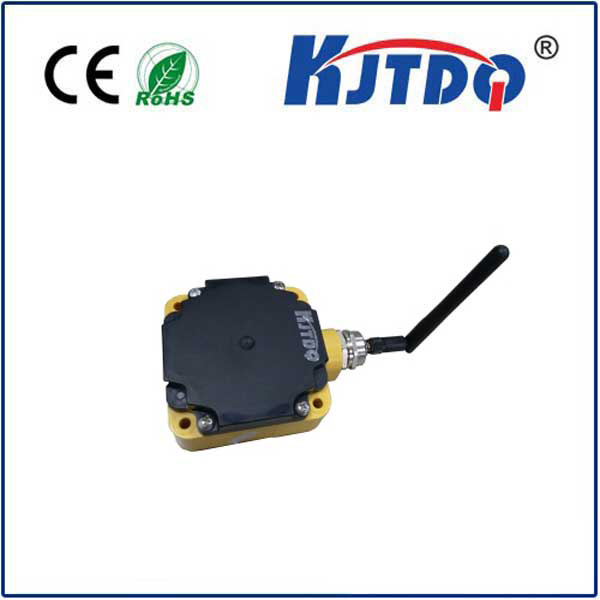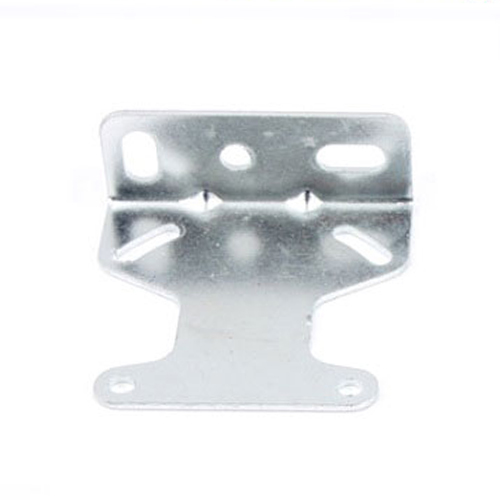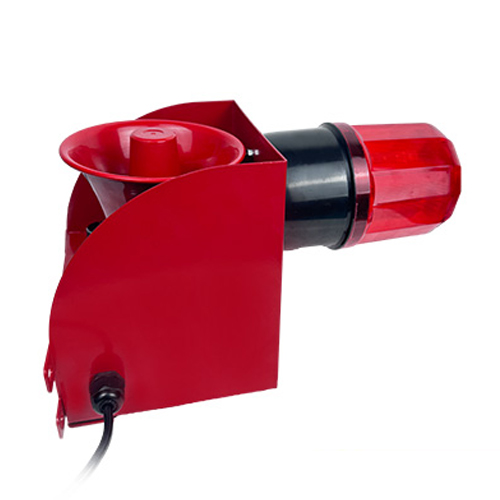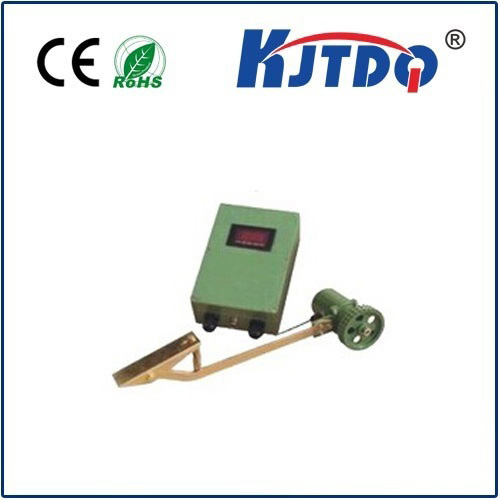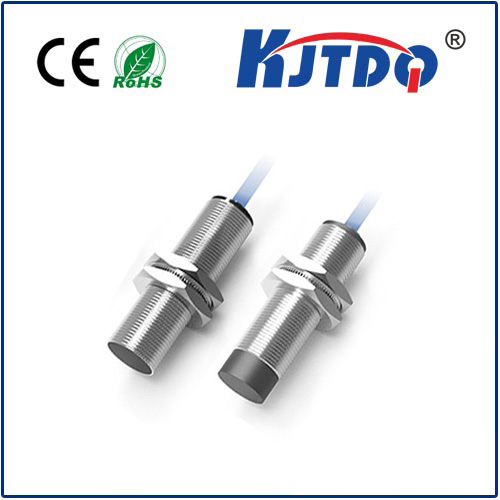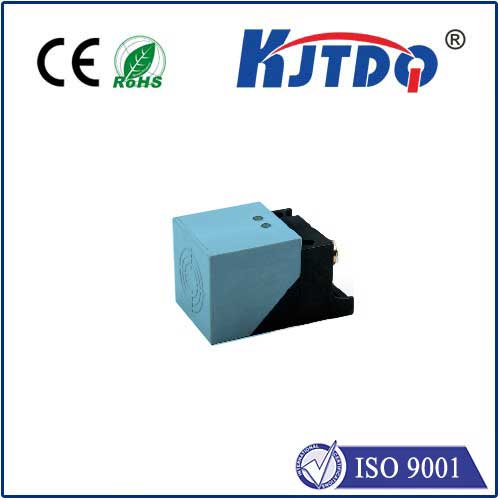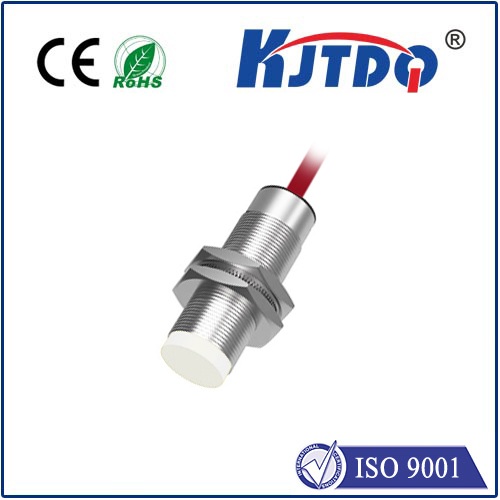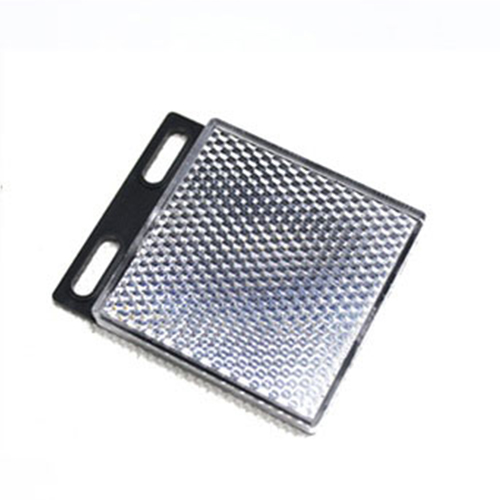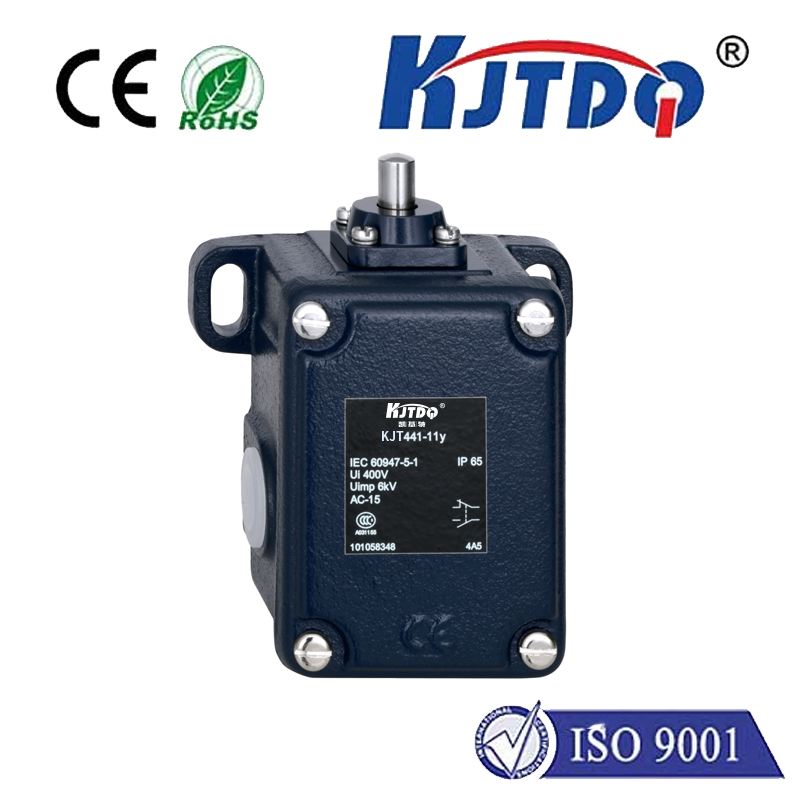The relentless drive towards smarter, more efficient, and safer electrical grids and industrial processes demands equally sophisticated sensing technology. Enter the realm of optical current sensors (OCS), a revolutionary class of devices poised to redefine how we measure electrical current. Moving beyond the limitations of traditional electromagnetic transformers, optical current sensors leverage the fundamental properties of light to deliver unmatched performance in critical applications. They represent a paradigm shift, offering significant advantages essential for the future of power systems.
Why Move Beyond Conventional Methods?
Traditional current transformers (CTs), reliant on magnetic cores and windings, have served reliably for decades. However, their inherent limitations become increasingly apparent in modern high-voltage, high-frequency, and digitally integrated environments. Core saturation distorts measurements during faults or surges, their bulky iron cores pose significant weight and size challenges, particularly at ultra-high voltages (EHV/UHV). Crucially, they present inherent safety risks due to potential catastrophic failures causing open circuits in secondary windings, generating lethal voltages. The electrical isolation they provide, while functional, relies solely on insulation materials that can degrade over time.
Harnessing Light: The Core Principle of Optical Sensing
Optical current sensors address these challenges head-on by replacing magnetic induction with photonics. Their operation fundamentally hinges on a fascinating interaction between light and magnetism: the magneto-optic effect, more specifically, the Faraday Effect.
The Faraday Effect dictates that when polarized light travels through certain transparent materials (like specialized optical glass or specific crystals), the presence of an external magnetic field, generated by the electrical current to be measured, causes the plane of the light’s polarization to rotate. The rotation angle (θ) is directly proportional to the strength of the magnetic field (H) along the light’s path and the length of the material (Verdet constant, V): θ = V * ∫H·dl.
How Does an Optical Current Sensor Work?

A typical fiber-optic current sensor (FOCS), the most common OCS type, implements this principle elegantly:
Unlocking Key Advantages: Why Optical Current Sensors Shine
The shift to optical technology unlocks a suite of compelling benefits over legacy CTs:
Enhanced Safety & Superior Insulation: OCS systems achieve galvanic isolation inherently. The sensing element (fiber) is typically made from non-conductive dielectric materials (glass/plastic), physically separating the high-voltage primary conductor from the measurement electronics operating at ground potential. This eliminates the risk of catastrophic failure modes inherent to traditional CTs, significantly improving personnel safety and protecting downstream equipment. This passive insulation is highly reliable and unaffected by core saturation issues.
Exceptional Wide Bandwidth & Transient Response: Freed from the constraints of magnetic cores and ferromagnetic saturation, optical sensors boast extraordinarily wide frequency response – often ranging from DC (or near-DC) up into the MHz range. This capability is crucial for accurately capturing complex waveforms, harmonic distortion analysis, monitoring power quality events, and faithfully recording high-speed transients and fault currents without distortion or saturation.
Compact & Lightweight Design: Eliminating bulky iron cores and heavy windings results in a dramatically reduced footprint and weight. This is particularly advantageous for applications demanding high power density or where physical space is severely constrained, such as GIS (Gas-Insulated Switchgear) compartments, wind turbine nacelles, aircraft electrical systems, substations with space limitations, or retrofit projects.
High Accuracy & Stability: OCS systems achieve impressive accuracy (typically within ±0.1% to ±0.5%) over a broad dynamic range. Crucially, this accuracy remains remarkably stable over time and temperature variations, thanks to advanced signal processing techniques and inherent temperature compensation mechanisms. They exhibit little to no hysteresis and excellent linearity.
Extended Dynamic Range: Their non-saturating nature allows optical sensors to measure currents ranging from incredibly small values (mA) right up to very high fault currents (kA) within a single device – a feat challenging for traditional CTs that require multiple taps to cover such a wide range, often sacrificing accuracy at the extremes.
Immunity to Electromagnetic Interference (EMI): As purely optical systems for sensing, OCS are intrinsically immune to external electromagnetic fields, crosstalk, and ground loop issues that can plague metallic conductors in conventional CT secondary circuits.
Critical Applications: Where Optical Current Sensors Excel
These powerful advantages make OCS indispensable in numerous demanding scenarios:
The Future is Bright: Evolution and Integration
The trajectory for optical current sensors is one of continuous refinement and broader adoption. Key trends include:
Embracing the Photonic Measurement Paradigm
The transition from electromagnetic induction to photonic sensing represents a fundamental leap in current measurement technology. Optical current sensors deliver revolutionary improvements in safety, accuracy, dynamic range, bandwidth, and physical footprint. As
